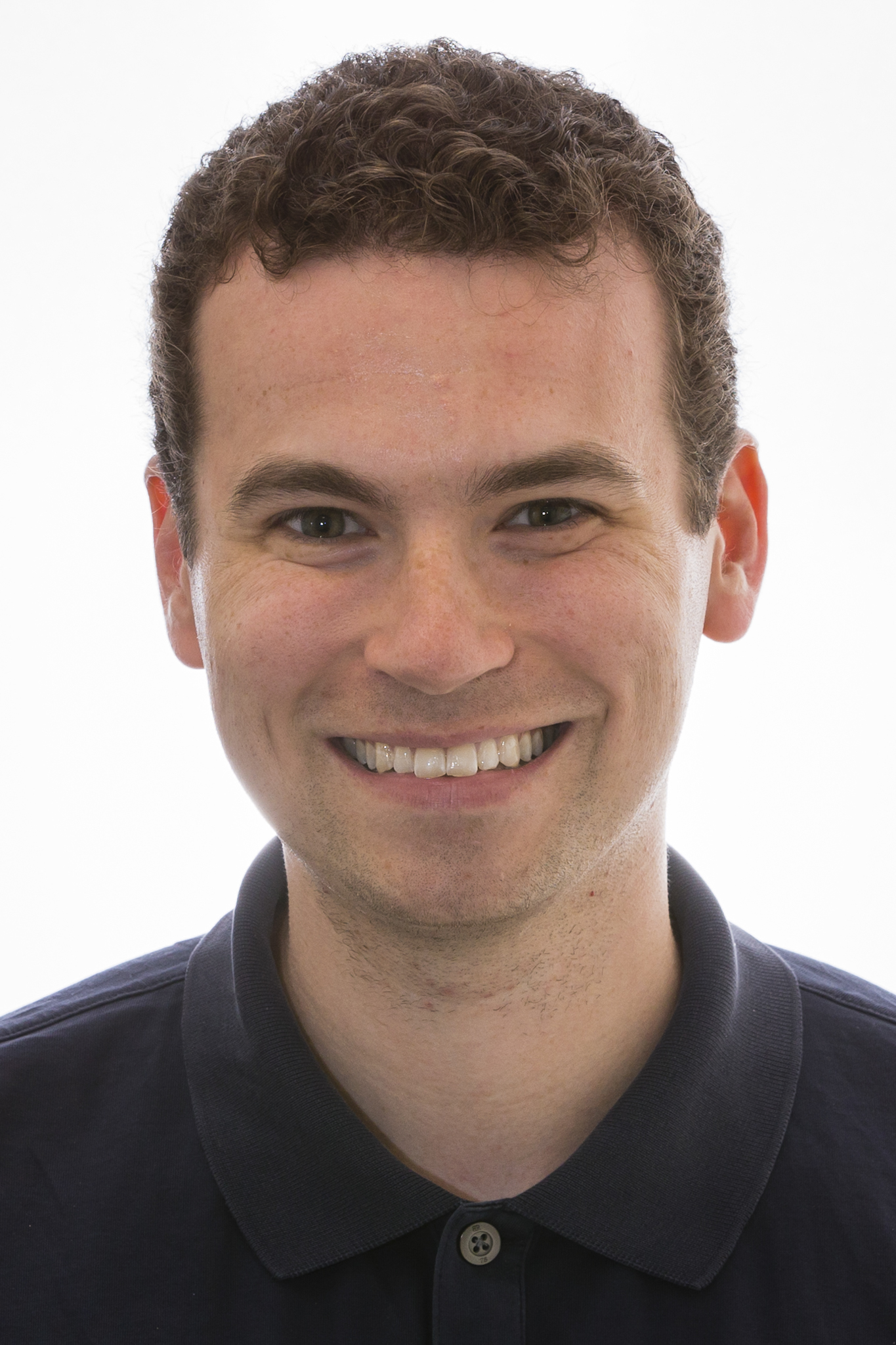
Associate Professor Christopher L Asplund received his A.B. in Psychology (Cognitive) from Princeton University (2003) and his Ph.D. in Integrative and Cognitive Neuroscience from Vanderbilt University (2010). He then moved to Singapore, joining Duke-NUS as a research fellow in 2010. He participated in the inaugural year of Yale-NUS development and then joined the faculty in 2013.
Assoc Prof Asplund studies attentional control and its relationship to consciousness. Attentional focus is influenced by multiple factors, including goals, action history, cognitive state, and events in the environment. Although these influences usually lead to successful behaviours, attention may be misallocated or overwhelmed. For example, we may fail to see something right before our eyes or to do two things at once.
Assoc Prof Asplund’s research addresses how such limitations arise, how they might be circumvented, and what they reveal about control and consciousness. To explore these ideas, he and his colleagues conduct behavioural and neuroimaging (fMRI) experiments. These investigations centre on fundamental research in vision but extend to audition and somatosensation, as well as to applied work with training and human-computer interactions.
- Attention Control
- Consciousness
- Attention
- Cognitive Neuroscience
- fMRI
*Undergraduate student author
Asplund, C.L., Obana, T., *Bhatnagar, P., *Koh, X.Q., & Perrault, S.T. (2020). It’s all in the timing: Principles of transient distraction illustrated with vibrotactile tasks. ACM Transactions on Computer-Human Interaction, 27(3): 17, 1-29. https://doi.org/10.1145/3386358
Wu, E.X.W., Liaw, G.J., *Goh, R.Z., Chia, T.T.Y., *Chee, A.M.J., Obana, T., Rosenberg, M.D., Yeo, B.T.T., & Asplund, C.L. (2020). Overlapping attentional networks yield divergent behavioral predictions across tasks: Neuromarkers for diffuse and focused attention? NeuroImage, 209: 116535, 1-28. https://doi.org/10.1016/j.neuroimage.2020.116535
Kee, T., Weiyan, C., Blasiak, A., *Wang, P., Chong, J.K., *Chen, J., Yeo, B.T.T., Ho, D., & Asplund, C.L. (2019). Harnessing CURATE.AI as a digital therapeutics platform by identifying N-of-1 learning trajectory profiles. Advanced Therapeutics, 9(2): 1900023, 1-11. https://doi.org/10.1002/adtp.201900023
Derbyshire, S.W.G., *Long, V.J.E., & Asplund, C.L. (2019). Stepwise increasing sequential offsets cannot be used to deliver high thermal intensities with little or no perception of pain. Journal of Neurophysiology, 122(2): 729-736. https://doi.org/10.1152/jn.00007.2019
Yeo, B.T.T., Krienen, F.M., Eickhoff, S.B., Yaakub, S.N., Fox, P.T., Buckner, R.L., Asplund, C.L., & Chee, M.W.L. (2015). Functional specialization and flexibility in human association cortex. Cerebral Cortex, 25(10): 3654-3672. https://doi.org/10.1093/cercor/bhu217
Asplund, C.L., Fougnie, D., Zughni, S., Martin, J.W., & Marois, R. (2014). The attentional blink reveals the probabilistic nature of discrete conscious perception. Psychological Science, 25(3): 824-831. https://doi.org/10.1177/0956797613513810
Asplund, C.L. & Chee, M.W.L. (2013). Time-on-task and sleep deprivation effects are evidenced in overlapping brain areas. NeuroImage, 82: 326-335. https://doi.org/10.1016/j.neuroimage.2013.05.119
Asplund, C.L., Todd, J.J., Snyder, A.P., Gilbert, C.M., & Marois, R. (2010). Surprise-induced blindness: A stimulus-driven attentional limit to conscious perception. Journal of Experimental Psychology: Human Perception & Performance, 36(6): 1372-81. https://doi.org/10.1037/a0020551
Asplund, C.L., Todd, J.J., Snyder, A.P., & Marois, R. (2010). A central role for the lateral prefrontal cortex in goal-directed and stimulus-driven attention. Nature Neuroscience, 13(4): 507-12. https://doi.org/10.1038/nn.2509
Dux, P.E., Ivanoff, J.G., Asplund, C.L., & Marois, R. (2006). Isolation of a central bottleneck of information processing with time-resolved fMRI. Neuron, 52(6): 1109-20. https://doi.org/10.1016/j.neuron.2006.11.009
- Quantitative Reasoning
- Cognitive Psychology
- Human Neuroscience


